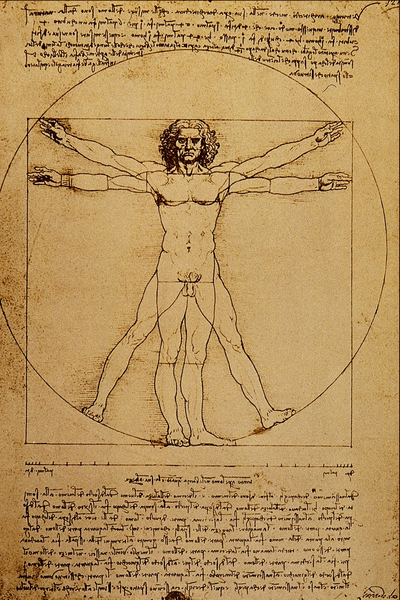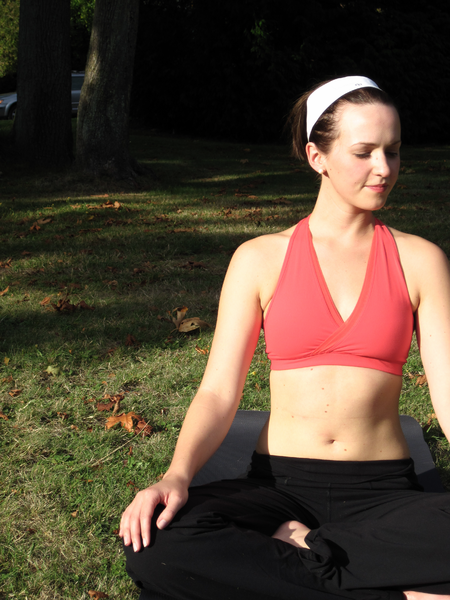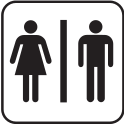Over a bottle of beer, a friend casually mentioned to me, “I
have a 2 inch Ape Index.”
“Oh really?” I replied, suspecting a foul innuendo.
“Yeah, dude!”
“That’s, uh… Good for you?”
He then brought out measuring tape and found that I have a 6
inch Ape Index. But what does this mean?
Ape Index
Michael Phelps has an Ape Index of 3 inches. Sonny Liston, a
famous boxer, has an Ape Index of 29 centimeters. They both owe their prowess
in their respective sports to their Index. But what is an Ape Index, anyway?
.jpg) |
| Those arms... Those long, long arms! |
Well, there’s two ways to look at it:
Ape Index 1, the most widely accepted version, views the Ape
Index as a ratio between height (toe to head) and arm span (fingertip to
fingertip.) If your arm span is longer than you are tall, you have an Ape Index
greater than 1. If you’re a perfect square, your Ape Index is 1. If your arms
are short (like a T-Rex) you have an Ape Index of less than 1.
 |
| The Vitruvian Man is a perfect square - the "ideal man." |
Ape Index 2, the far easier version (especially when
drunkenly measuring yourself,) is to subtract your height from your arm span in
inches or centimeters.
If you don’t like math, measure yourself (or have a friend
measure you for a more accurate reading,) and then plug the numbers into this online Ape Index calculator.
What Does This Mean?
Having longer arms does not mean you're more monkey than your shorter-armed friends. Instead, having longer arms affords you with unique advantages: While
rock climbing, a climber with a longer arm span can reach higher, often making
difficult courses easier by skipping intermediary steps. Similarly with
swimming, a swimmer with longer arms can displace more water per stroke,
therefore moving further than those with shorter arms. The Ape Index also helps fighters determine their reach – a crucial measurement for deciding appropriate
matchups.
With my freak-ish arms and gigantic feet, I could be an
amazing swimmer… in theory. Every human body is different, building muscle and
moving energy in slightly different ways. Even though my arm ratio is more
beneficial than Michael Phelps’, I might have a harder time than he does in building the
appropriate muscle. That's based mostly on genetics. And while I
might be able to reach the canned green beans on the top shelf at the
supermarket, I’m hardly interested in climbing mountains or getting into a
boxing ring.
Natural characteristics are not indicative of natural talent
or capability… But it does make for something interesting to measure after a few
beers!







